 About This Trip
About This Trip
The Sikles Trek represents one of Nepal's most authentic trekking experiences, offering a perfect combination of cultural immersion, natural beauty, and relative solitude that has become increasingly rare in the country's more famous trekking regions. What makes this trek genuinely exceptional is its ability to deliver genuine encounters with traditional Gurung culture and spectacular mountain views while remaining largely untouched by the commercialization affecting other routes.
The trek follows paths that have connected mountain communities for centuries, winding through landscapes shaped by generations of careful agricultural stewardship. Starting from the end of the road at either Kalikasthan or Lampata, the trail ascends through changing ecosystems and scattered settlements before reaching the cultural heart of the journey at Sikles itself. Throughout the route, the sense of walking through living history is palpable, with each village revealing architectural styles, farming practices, and cultural traditions that have evolved in relative isolation.
The cultural dimension of this trek is its defining characteristic. The Gurung people of this region have maintained their distinctive identity, language, and traditions despite increasing outside influences in other parts of Nepal. In Sikles and surrounding villages, traditional homes with distinctive architecture cluster around stone-paved courtyards and alleys. Religious practices blend Hinduism, Buddhism, and ancient shamanistic traditions in a synthesis unique to this cultural landscape. During festivals and special occasions, locals perform traditional dances and music that have remained largely unchanged for centuries, offering visitors glimpses into a way of life that predates modern influences.
Physically, the trek presents a comfortable challenge accessible to most reasonably fit travelers. Daily walking segments generally range from 5-6 hours with moderate elevation changes that reward effort with increasingly beautiful views. The maximum altitude remains below the threshold where altitude sickness becomes a significant concern, eliminating the need for complex acclimatization strategies required on higher treks. This accessibility makes the journey suitable for trekkers seeking cultural experiences rather than extreme physical challenges.
Perhaps most distinctively, the Sikles trek offers a remarkable sense of discovery and exclusivity that has vanished from many Nepali trekking routes. Visitors often find themselves the only foreigners in villages, creating opportunities for genuine interactions rather than commercial exchanges. The absence of extensive trekking infrastructure means accommodations and meals remain authentic local experiences rather than adaptations created specifically for tourist tastes. This authentic quality extends to the trails themselves, which primarily exist to connect communities rather than to serve trekkers, creating a sense of walking through a living cultural landscape rather than along a tourist highway.
This combination of cultural authenticity, natural beauty, physical accessibility, and relative exclusivity creates what many experienced Nepal visitors describe as the ideal cultural trek for those seeking to experience the genuine Nepal away from the increasingly busy major trekking circuits.
The Sikles Trek represents one of Nepal's most authentic trekking experiences, offering a perfect combination of cultural immersion, natural beauty, and relative solitude that has become increasingly rare in the country's more famous trekking regions. What makes this trek genuinely exceptional is its ability to deliver genuine encounters with traditional Gurung culture and spectacular mountain views while remaining largely untouched by the commercialization affecting other routes.
The trek follows paths that have connected mountain communities for centuries, winding through landscapes shaped by generations of careful agricultural stewardship. Starting from the end of the road at either Kalikasthan or Lampata, the trail ascends through changing ecosystems and scattered settlements before reaching the cultural heart of the journey at Sikles itself. Throughout the route, the sense of walking through living history is palpable, with each village revealing architectural styles, farming practices, and cultural traditions that have evolved in relative isolation.
The cultural dimension of this trek is its defining characteristic. The Gurung people of this region have maintained their distinctive identity, language, and traditions despite increasing outside influences in other parts of Nepal. In Sikles and surrounding villages, traditional homes with distinctive architecture cluster around stone-paved courtyards and alleys. Religious practices blend Hinduism, Buddhism, and ancient shamanistic traditions in a synthesis unique to this cultural landscape. During festivals and special occasions, locals perform traditional dances and music that have remained largely unchanged for centuries, offering visitors glimpses into a way of life that predates modern influences.
Physically, the trek presents a comfortable challenge accessible to most reasonably fit travelers. Daily walking segments generally range from 5-6 hours with moderate elevation changes that reward effort with increasingly beautiful views. The maximum altitude remains below the threshold where altitude sickness becomes a significant concern, eliminating the need for complex acclimatization strategies required on higher treks. This accessibility makes the journey suitable for trekkers seeking cultural experiences rather than extreme physical challenges.
Perhaps most distinctively, the Sikles trek offers a remarkable sense of discovery and exclusivity that has vanished from many Nepali trekking routes. Visitors often find themselves the only foreigners in villages, creating opportunities for genuine interactions rather than commercial exchanges. The absence of extensive trekking infrastructure means accommodations and meals remain authentic local experiences rather than adaptations created specifically for tourist tastes. This authentic quality extends to the trails themselves, which primarily exist to connect communities rather than to serve trekkers, creating a sense of walking through a living cultural landscape rather than along a tourist highway.
This combination of cultural authenticity, natural beauty, physical accessibility, and relative exclusivity creates what many experienced Nepal visitors describe as the ideal cultural trek for those seeking to experience the genuine Nepal away from the increasingly busy major trekking circuits.

From $0
Price Varies from Group Size
Success
Here goes about why the success toast occurred.
 Itinerary
Itinerary
Arrival in Kathmandu (1,400m)
Your Accomodations
Dwarika's Hotel
Dwarika’s Hotel in Kathmandu is a landmark of luxury that combines Nepal’s rich cultural...
View in DetailKathmandu to Pokhara (820m)
Your Accomodations

Pokhara eco resort
Dwarika’s Hotel in Kathmandu is a landmark of luxury that combines Nepal’s rich cultural...
View in DetailAttractions
Pokhara to Kalikasthan to Ghale Kharka (1,620m)
Your Accomodations
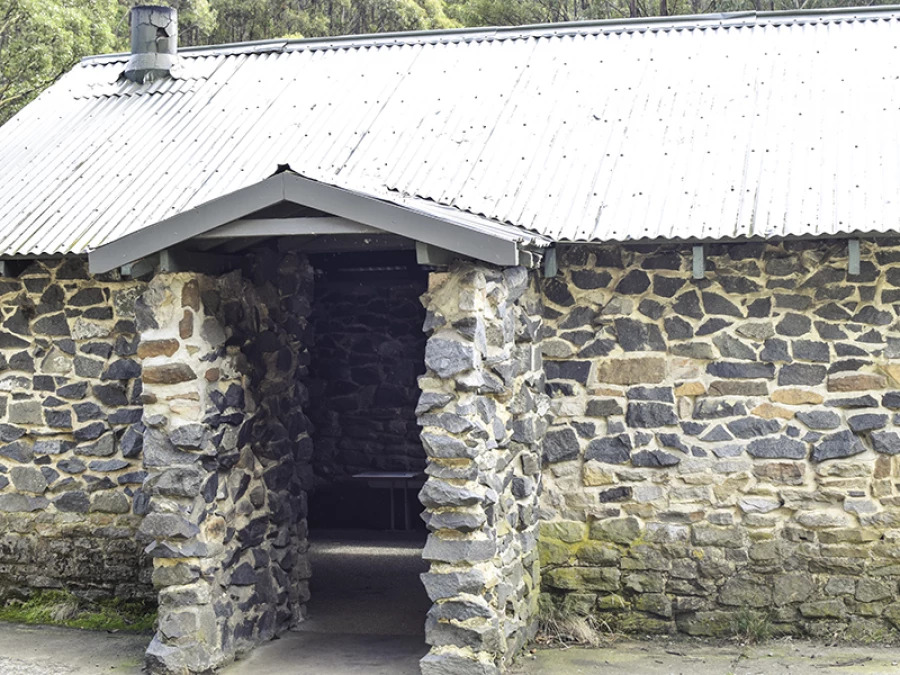
Annapurna Hotel
Dwarika’s Hotel in Kathmandu is a landmark of luxury that combines Nepal’s rich cultural...
View in DetailGhale Kharka to Sikles (2,000m)
Sikles – Cultural Exploration Day
Sikles to Tanting (1,650m)
Tanting to Lampata to Pokhara
Your Accomodations

Valley view Resort
Dwarika’s Hotel in Kathmandu is a landmark of luxury that combines Nepal’s rich cultural...
View in DetailAttractions
Pokhara
Pokhara to Kathmandu
Your Accomodations

Soltee Hotel
Dwarika’s Hotel in Kathmandu is a landmark of luxury that combines Nepal’s rich cultural...
View in DetailDeparture from Kathmandu
 Services
Services
Includes
- Specialized bilingual guide familiar with the Sikles region and Gurung culture
- Private Transport where applicable
- Daily meals on the trek: breakfast, lunch, and dinner
- Services of an experienced guide and porter during the trek
- All essential trekking permits, including ACAP (Annapurna Conservation Area Permit)
- Accommodation throughout the trek (teahouses or homestays)
- Tourist bus/flight between Kathmandu and Pokhara
Excludes
- Additional accommodation due to personal preference or early completion
- Comprehensive travel and medical insurance for the trek
- Gratuities for the guides, porters, and trekking support staff
- International flights and entry visa fees for Nepal
- Personal trekking equipment and gear (sleeping bags, jackets, etc.)
- Extra food and drinks beyond the standard meals provided
- Hot showers (rarely available in this region)
- Activities in Pokhara (boating, paragliding, etc.)
 Good To Know
Good To Know
This trek offers authentic cultural immersion with very basic accommodations; bringing a quality sleeping bag is essential for comfort. Teahouses and homestays are simple with shared facilities and limited menu options. Electrical charging facilities are limited; bring a power bank for devices. Limited English is spoken in villages; learning basic Nepali greetings enhances interactions. The trails can be slippery during and after rain; proper footwear with good traction is important. Pack light but include appropriate layers as temperatures can vary between day and night. Water purification tablets or filters are essential as bottled water is not widely available. While the trek is culturally focused, the mountain views are spectacular when weather permits. Mobile phone coverage exists but is unreliable in many areas. Small gifts for children like school supplies are appreciated but not expected. Photography is generally welcomed but always ask permission before photographing people or religious ceremonies. The authenticity of this route means limited tourist infrastructure, requiring flexibility and a spirit of adventure.
Spectacular Sightseeing
- Annapurna II and IV - magnificent mountain views
- Lamjung Himal (6,983m) - dominating the skyline
- Machapuchare/Fishtail (6,993m) - distinctive sacred peak
- Traditional Gurung villages with authentic architecture
- Ancient stone-paved village pathways and courtyards
- Terraced agricultural landscapes sculpted over generations
- Rhododendron forests (spectacular in March-April)
- Traditional watermills still in active use
- Buddhist monasteries and prayer flags
- Suspension bridges spanning dramatic valleys
- Traditional craft production, including weaving
- Diverse forest ecosystems
- Pristine mountain streams and waterfalls
- Authentic rural farming communities essentially unchanged by tourism
Wildlife Encounters
While trekking, keep an eye out for:
Himalayan langur monkeys in forested sections, Barking deer and occasional muntjac, Various bird species including: Kalij pheasants, Red-billed blue magpies, Himalayan bulbuls, Various eagles and hawks, Colorful sunbirds and minivets, Numerous butterfly species, particularly during spring, Small mammals like yellow-throated martens, Various amphibians near water sources, Occasional leopard tracks (though sightings are extremely rare), Wild boars in more remote forested areas
 Reviews
Reviews
 FAQs(Frequently Asked Questions)
FAQs(Frequently Asked Questions)
Your queries are answered
How difficult is the trek?
Easy to moderate with 5-6 hour daily hiking and maximum elevation around 2,300m. Suitable for reasonably fit beginners but requires comfort with basic accommodations and limited facilities.
Best time to visit?
October-November offers clear mountain views and dry trails. March-April features spectacular rhododendron blooms. December-February brings colder temperatures but clear skies. Monsoon season (June-September) is less ideal due to leeches and slippery trails.
Permits required?
Annapurna Conservation Area Permit (ACAP, approximately $30) and TIMS card (approximately $10), obtainable through trekking agencies or in Kathmandu/Pokhara.
Accommodation quality?
Very basic teahouses and homestays with shared facilities, limited menu options, and minimal amenities. Authentic rather than comfort-oriented. Bringing a good sleeping bag is essential.
Guide necessary?
Highly recommended due to limited signage, few English speakers in villages, and the cultural insights guides provide. The region sees few tourists, making navigation more challenging than on popular routes.
Food availability?
Simple Nepali meals centered around dal bhat (rice with lentils), with limited menu variety. Fresh, local ingredients but minimal Western options. Bringing favorite snacks is advisable.
WiFi and connectivity?
Very limited. Basic mobile coverage exists but is unreliable. Consider the trek a digital detox opportunity and inform family/friends of limited contact beforehand.
Suitable for families?
Appropriate for families with children 10+ who appreciate cultural experiences and can manage daily hiking. The cultural focus and lower altitudes make it more family-friendly than many Himalayan treks.
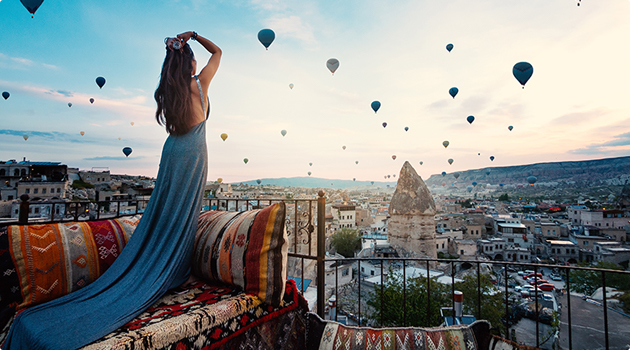



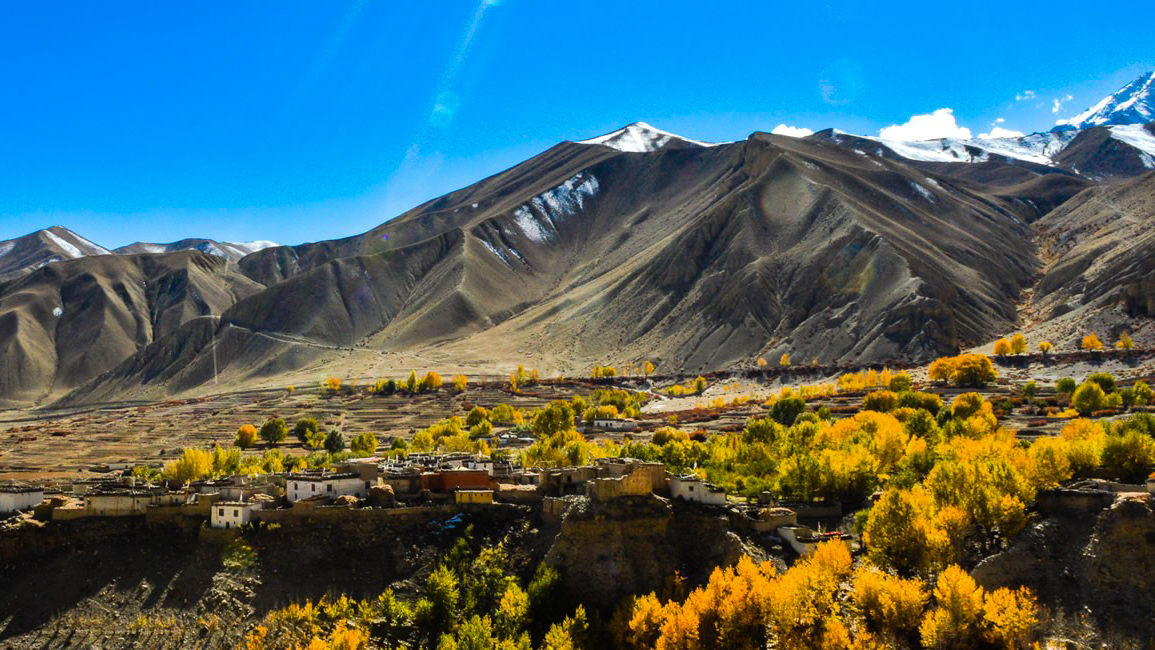
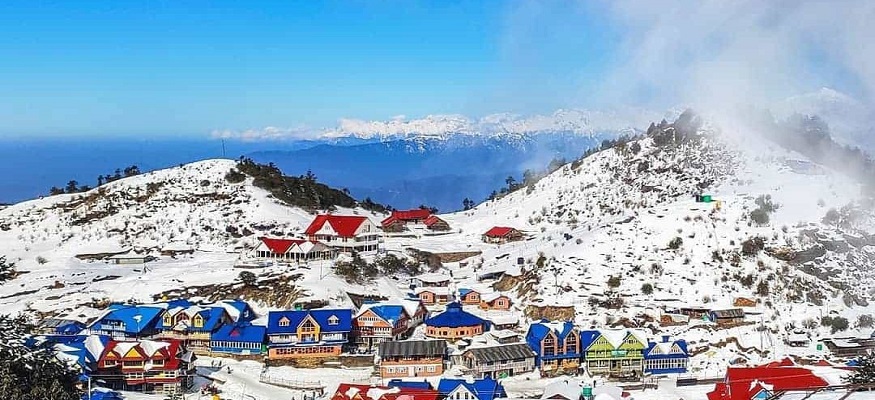

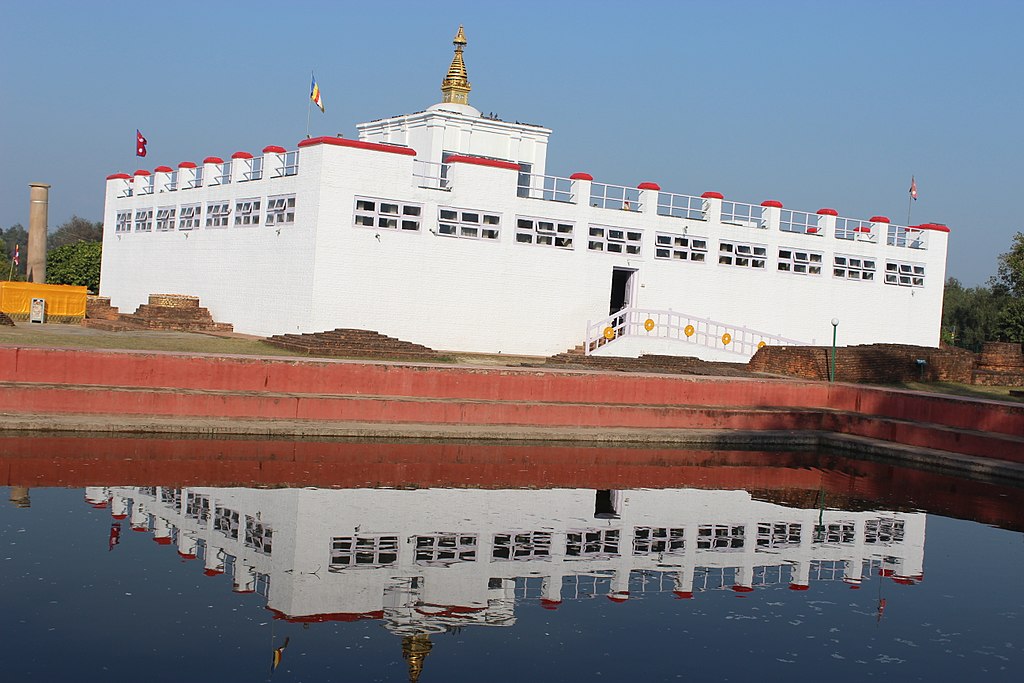

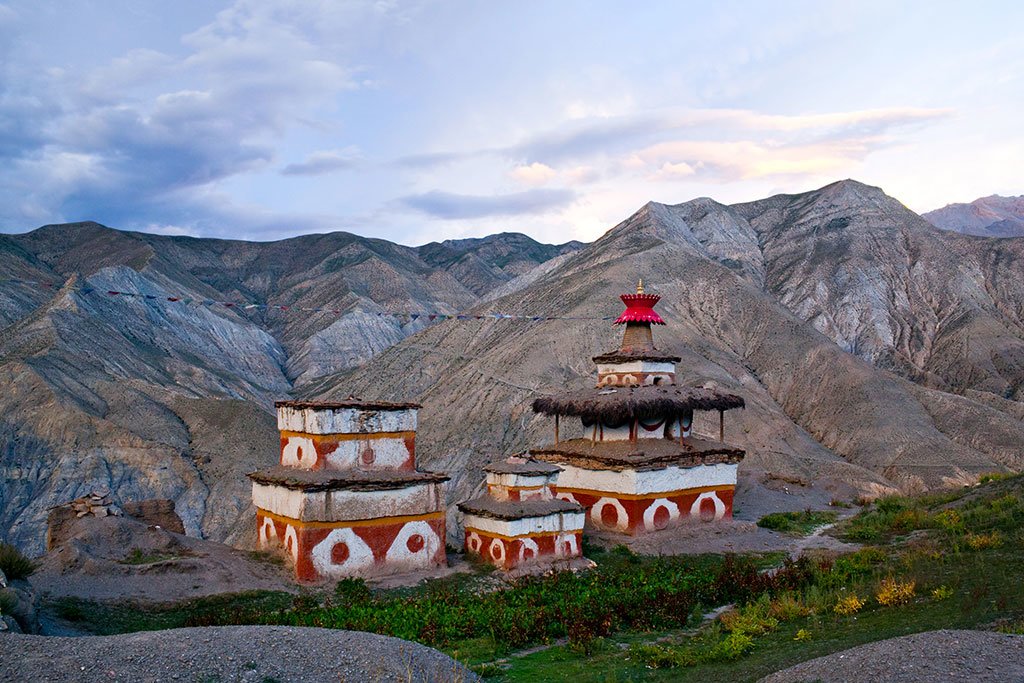

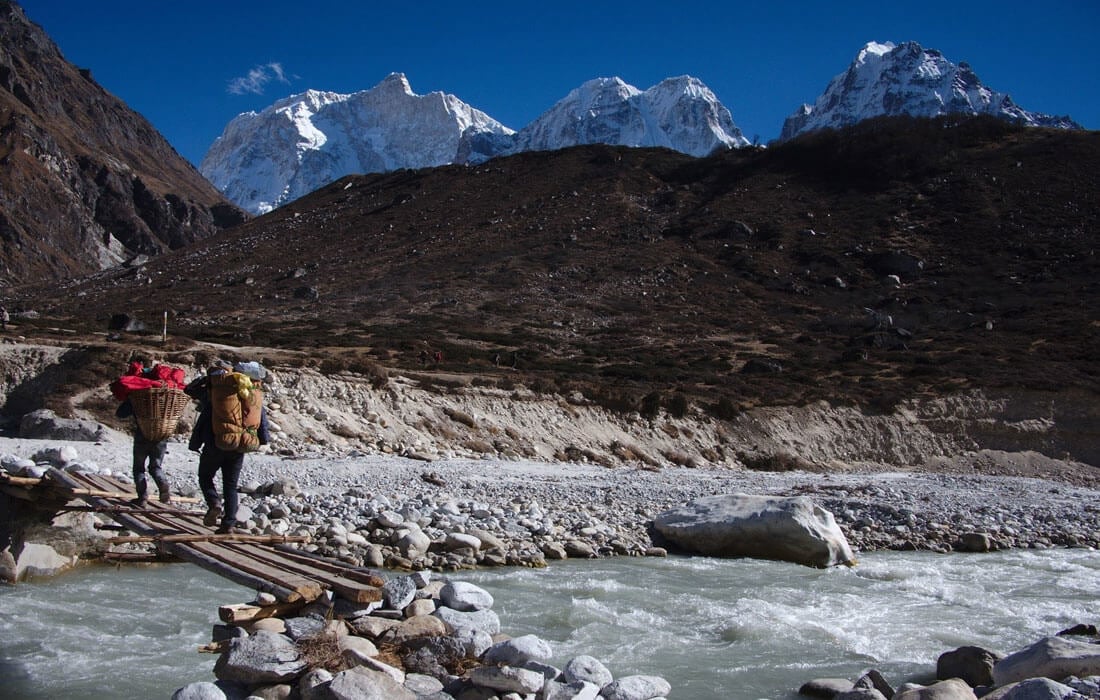









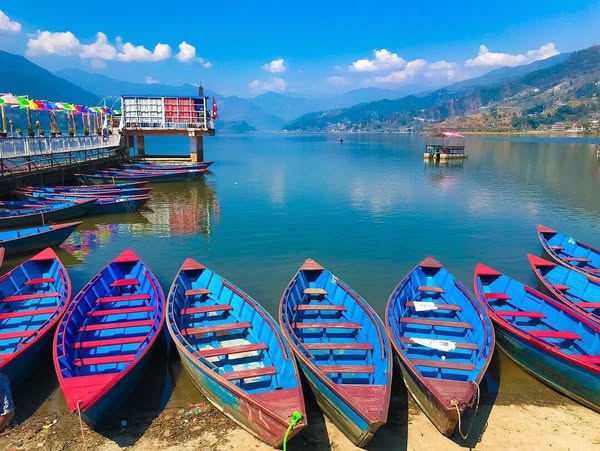
 Mardi Himal Trek – Hidden Gem of the Annapurna Region
Mardi Himal Trek – Hidden Gem of the Annapurna Region

